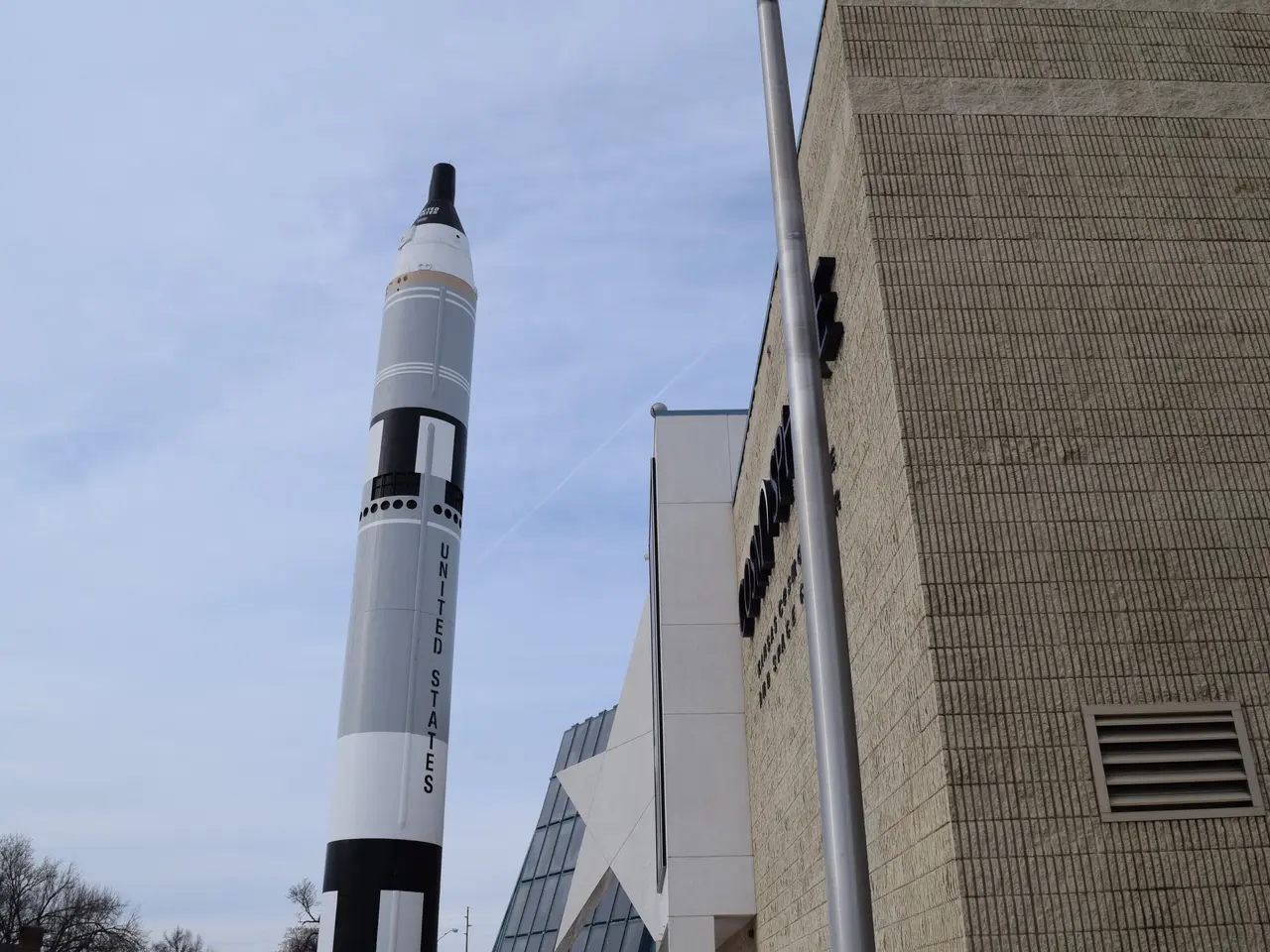Collaborative space expedition by the U.S. and India might transform our perspective of the Earth
NASA-ISRO Synthetic Aperture Radar (NISAR) Mission Set to Launch
The NASA-ISRO Synthetic Aperture Radar (NISAR) mission, a groundbreaking collaboration between NASA and the Indian Space Research Organisation (ISRO), is set to launch on Wednesday from Satish Dhawan Space Centre on India's southeastern coast. This joint satellite project will provide critical data for countries around the world, particularly in areas like disaster management, agriculture, and climate monitoring.
The NISAR mission is an equal 50/50 partnership between NASA and ISRO, with the two radars working together to achieve science that neither could see on their own. The satellite uses microwaves to detect distant surfaces and objects, with advanced data processing enabling high-resolution details. NISAR's radar capabilities allow it to see through clouds and rain during the day and at night.
The scientific goals of the NISAR mission focus on providing frequent, global radar imaging to study land and ice deformation, land ecosystems, and oceanic regions. This includes monitoring changes in forests, wetlands, agricultural areas, permafrost, and infrastructure movement across the Earth’s surface. The mission observes nearly all land- and ice-covered surfaces every 12 days, even through cloud cover and during night, enabling unprecedented all-weather, day-and-night Earth surface monitoring.
The potential benefits for natural disaster response and Earth monitoring are significant. NISAR will track land and ice deformation associated with earthquakes, volcanoes, landslides, and glacier movements, improving understanding and forecasting of such hazards. It will also monitor ecosystems and biomass to assess the health and changes in forests, wetlands, and agricultural land, supporting environmental management and food security.
NISAR will detect infrastructure movement that may indicate damage or risk after natural disasters like floods and earthquakes. It will provide timely data during storms and darkness, thanks to Synthetic Aperture Radar’s ability to penetrate clouds and operate day and night, leading to better situational awareness during extreme weather events and improving disaster response.
Enabling global, repeat imaging every 12 days with two radar bands (L-band and S-band), NISAR offers complementary information. L-band excels at soil moisture and biomass, while S-band effectively monitors agriculture and infrastructure.
The hardware for NISAR was assembled on two different continents before being integrated in India to complete the satellite. The launch will be streamed live on NASA's and its YouTube channel beginning at 7 a.m. ET.
Dr. Jitendra Singh, India's Minister for Science and Technology, stated that the NISAR mission aligns with Prime Minister Narendra Modi's vision for India to become a "Vishwa Bandhu," or a global partner that contributes to the collective good of humanity. He also emphasised that the mission is a symbol of what two democracies committed to science and global welfare can achieve together.
The NISAR mission is a result of conversations between NASA and ISRO that began in response to the National Academy of Science's 2007 decadal survey. The mission is a collaboration across 13 time zones and more than 9,000 miles (14,500 kilometers), requiring long-distance travel and many late-night and early morning video calls.
NISAR's data will be used to prepare for and respond to natural disasters such as hurricanes, volcanic eruptions, flooding, and wildfires. It marks a major advancement in Earth observation that offers critical new information for understanding environmental changes and enhancing disaster preparedness and management on a global scale.
- The NISAR mission, a collaboration between NASA and the Indian Space Research Organisation (ISRO), focuses on scientific goals such as providing frequent global radar imaging to study land and ice deformation, land ecosystems, and oceanic regions.
- NISAR's radar capabilities, which allow it to see through clouds and rain during the day and at night, make it possible for the satellite to detect changes in forests, wetlands, agricultural areas, permafrost, and infrastructure movement across the Earth’s surface.
- The technological aspect of the NISAR mission, which uses microwaves for detection and advanced data processing for high-resolution details, is significant for Earth monitoring and natural disaster response, especially in areas like disaster management, agriculture, and climate monitoring.




